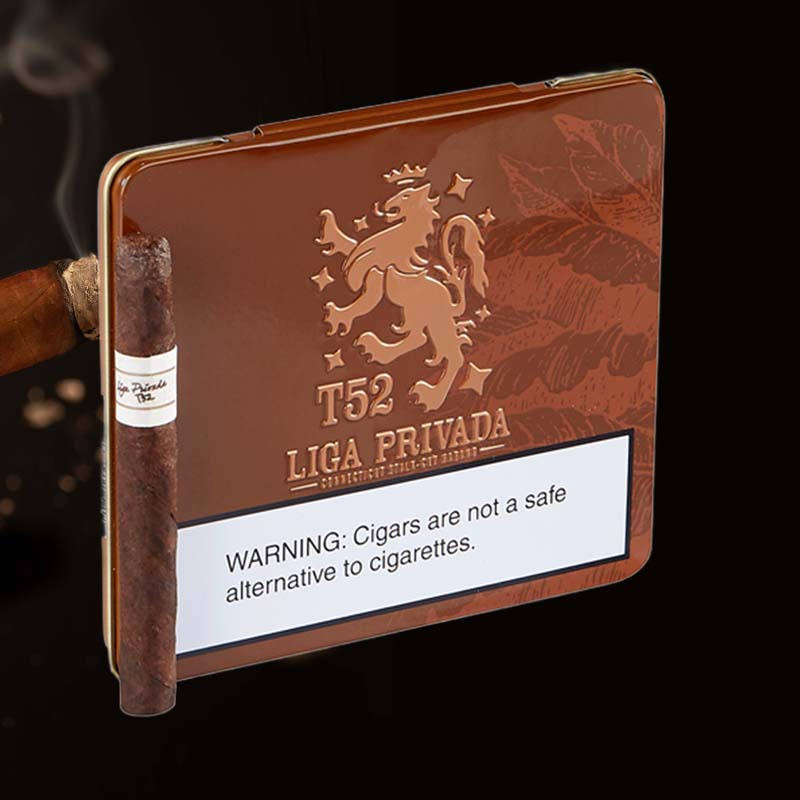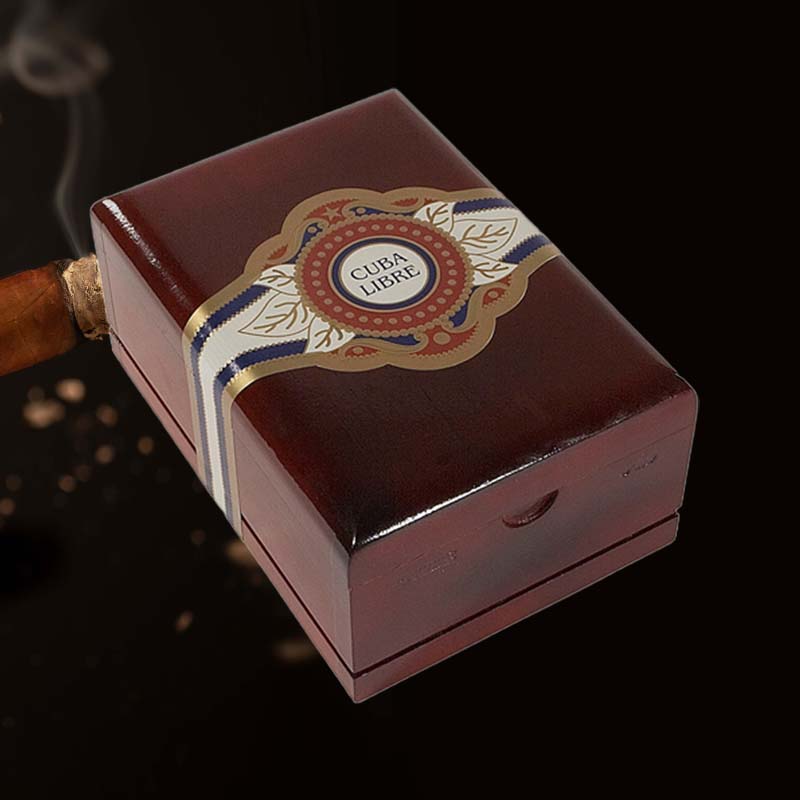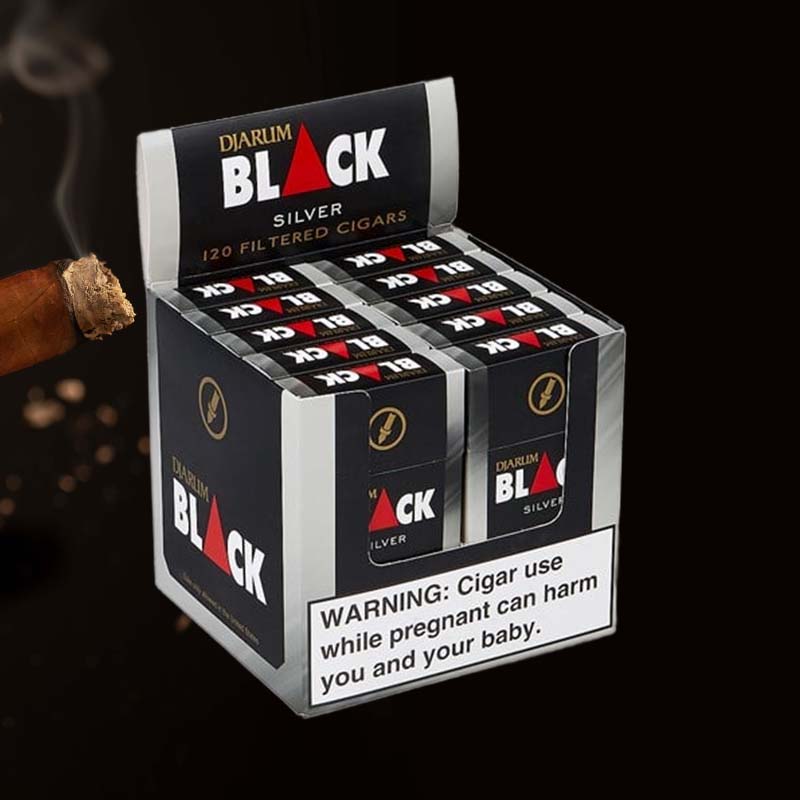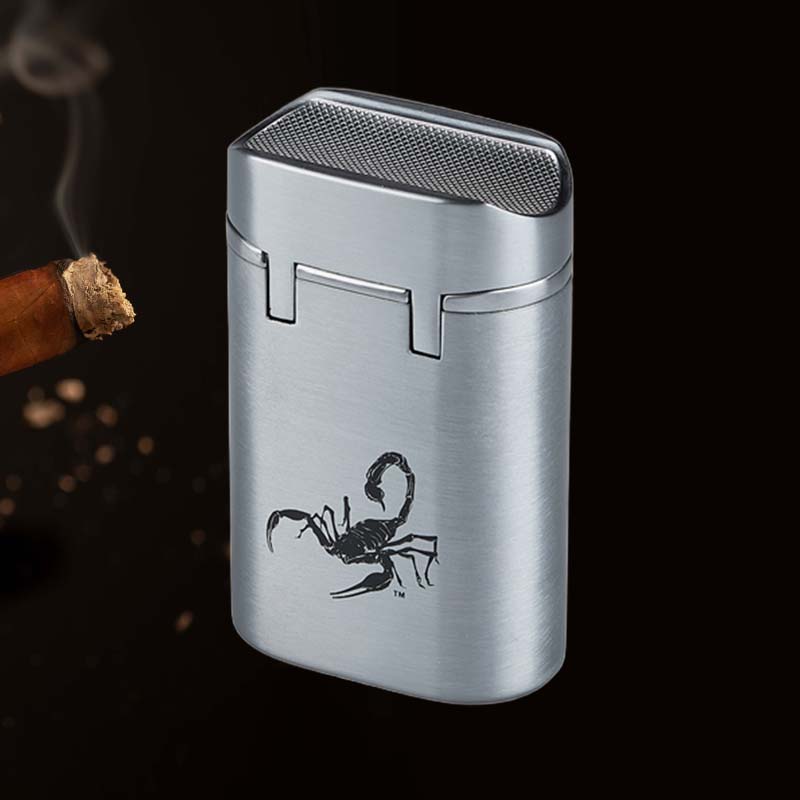Repair torch lighter
Introduction: Fixing That Jet Lighter You Love
There’s a certain joy that comes with lighting a fine cigar or igniting a flame for a memorable evening. However, when that trusty torch lighter malfunctions, it’s like losing an old friend. I’ve been there, and it can be quite disheartening! That’s why I’m excited to share with you my step-by-step guide on how to repair your beloved torch lighter, so you can bring it back to life and enjoy those moments again.
Understanding Common Issues with Torch Lighters
Torch lighters are incredible tools, but they can face certain issues over time. Some common problems I’ve encountered include:
- Inconsistent flame height
- Failure to ignite
- Low or no butane release
- Clogged jets
By familiarizing ourselves with these issues, we can tackle them effectively and prevent frustration during our cigar enjoyment.
Step 1: What You’ll Need for This Repair
Essential Tools and Materials
Before diving into the repair, gather the following tools:
- Screwdriver set (small and medium)
- Compressed air canister
- Flint replacement kit
- Cleaning cloth or paper towel
- Butane gas
- Safety goggles and gloves
With these in hand, you’ll be well-prepared for a successful repair operation.
Step 2: Diagnostic Check – Identifying the Problem
Key Symptoms of a Malfunctioning Torch Lighter
Diagnostic checks are crucial. Here are the key symptoms that can indicate what’s wrong:
- Doesn’t spark? Could be flint or the ignition system.
- Weak flame? Might be clogged jets or low butane.
- No butane release? Check for leaks or blockages.
Identifying the correct symptom will help narrow down the repair process.
Step 3: Disassembling Your Torch Lighter
Safety Precautions Before Opening
Before unscrewing anything, I always make sure to take safety precautions:
- Wear safety goggles to protect your eyes.
- Work in a well-ventilated area to avoid gas buildup.
- Ensure your lighter is completely empty of butane.
Taking these steps ensures a safe repair experience.
Step 4: Adjusting the Spark Mechanism
Steps to Fix Spark Return Path Issues
If your lighter isn’t making that satisfying “snap” when I attempt to ignite it, here’s how I address the spark mechanism:
- Remove the outer casing using a small screwdriver.
- Inspect the spark wheel and ensure it is clean and free of debris.
- Adjust the spring tension if it appears weak.
- Replace any damaged components visibly.
This simple adjustment often revives the ignition.
Step 5: Troubleshooting Low Flame Issues
How to Diagnose and Fix Flame Problems
If the flame is low or flickering, I always check:
- Butane levels – refill if necessary.
- Jet and nozzle for blockages – clean if required.
- Flame adjuster – turn it to see if that solves the issue.
Tackling these elements can lead to a robust flame once again.
Step 6: Cleaning the Jet and Nozzle
Tools Needed for Effective Cleaning
To clean the jet effectively, I use:
- Compressed air to blow out debris.
- A soft brush to gently clear the nozzle.
- An alcohol swab to remove residue.
Cleaning these areas ensures optimal performance and a cleaner flame.
Step 7: Checking and Replacing Flint
Guidelines for Proper Flint Replacement
When it comes to replacing flint, here’s my process:
- Locate the flint compartment and remove the old flint.
- Insert a new flint from your kit.
- Follow by tightening the screw back into place.
New flint is essential for reliable sparks every time.
Step 8: Testing for Leaks
Methods to Ensure a Safe and Leak-Free Lighter
After reassembling, testing for leaks is necessary:
- Spray soapy water around the lighter’s seams and check for bubbles.
- Listen for hissing sounds indicating gas escape.
Prioritizing a leak-free lighter ensures safety while using it.
Step 9: Reassembling Your Torch Lighter
Final Checks Before Closing it Up
Before closing everything up, I make sure to:
- Double-check all screws are tightened.
- Ensure the ignition mechanism is correctly staged.
It’s this attention to detail that can prevent future problems.
Step 10: Maintenance Tips for Longevity
Preventative Steps to Keep Your Lighter Working Well
To extend your torch lighter’s life, I recommend:
- Keep the lighter stored in a cool, dry place.
- Regularly clean the nozzle and jet.
- Refill butane before it runs completely out.
These simple maintenance steps will provide longevity to your lighter.
Conclusion: Enjoying Your Torch Lighter Again
With this guide, I hope you feel empowered to tackle the repairs of your torch lighter confidently. There’s nothing quite like the satisfaction of seeing it work perfectly again, igniting your favorite cigar. However, always remember; if your lighter still refuses to cooperate after extensive repairs, seeking professional help might be the best choice.
Recognizing When to Seek Professional Help
If you’re struggling with advanced issues or feel overwhelmed, don’t hesitate to consult a professional. It’s okay; we all need a helping hand sometimes!
Frequently Asked Questions (FAQs)
Common Repair Inquiries
How do you fix a torch lighter that won’t spark?
To fix a torch lighter that won’t spark, check the flint first; if it’s worn, replace it. Ensure the ignition system is clean, and consider adjusting the spark mechanism if necessary.
What causes a torch lighter to stop working?
A torch lighter can stop working due to several reasons, including butane depletion, clogged jets, flint wear, or malfunctioning ignition systems. Diagnosing the issue is the first step.
Why is my torch lighter not releasing butane?
If your torch lighter isn’t releasing butane, it could be due to a clogged nozzle, an internal blockage, or a malfunction in the valve mechanism. Cleaning and inspection are critical.
How do you fix a clogged torch lighter?
To fix a clogged torch lighter, use compressed air to clear out debris from the nozzle. If necessary, clean the internal jets and ensure there are no blockages in the fuel pathway.
















